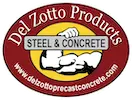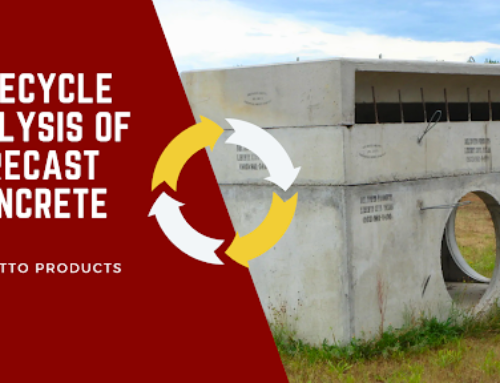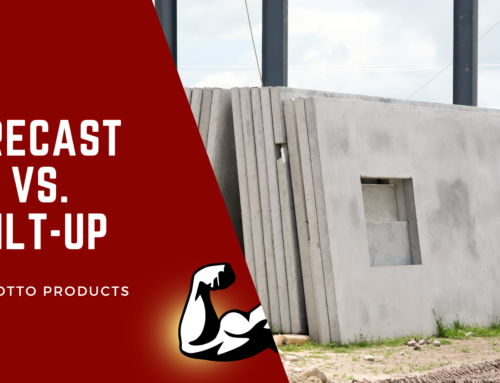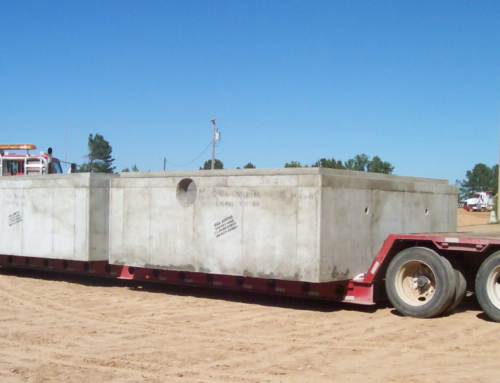If you’re building a new structure, you’ve probably got a lot of recommendations for precast concrete. Precast is the most preferred building material due to its reliable and long-lasting nature. On average, precast concrete lasts 50 to 100 years, whether below or above ground, exposed to harsh environmental factors.
Technology advancement coupled with demand has guaranteed the rapid development of the precast manufacturing process. In this post, we look at ways technology has contributed to precast becoming the more durable and favored building material.
What Makes Precast Durable
Durability is an essential aspect to consider when choosing construction concrete. This is because concrete is exposed to different types of wear and tear, such as the sun, snow, rain, and even vandalism. Precast concrete ticks all the boxes in terms of durability due to:
High Compressive Strength
Concrete with a low compressive strength of about 3000 psi has a higher permeability ratio. The addition of extra cement during the precast concrete manufacturing process helps fill voids in the cross-section with fine particles, reducing the ability of fluids to penetrate. Precast concrete has a compressive strength of 5000 psi and above.
Increased Resistance
Cast-in-place concrete is subject to different stressors, from chemicals to abrasion, sulfate attacks, and ASR reactions. Precast can be combined with different additives during the precast concrete manufacturing process to resist the impact of stressors like corrosion on concrete.
Why Precast Concrete is Preferred Over Other Concrete Options
Precast is the most in-demand concrete for construction for a number of reasons aside from durability. These include:
- Strength: Precast is equipped with chemicals that protect it from fires, blasts, and impacts, plus natural catastrophes such as floods, earthquakes, and tornadoes.
- Comfortability: Precast intrinsic properties provide acoustic insulation and thermal inertia, allowing for more constant temperatures during the hot or cold season.
- Versatility: The moldability of precast makes it easy to incorporate various classical designs like capitals and keystones. Precast also combines with numerous aggregates and provides a variety of visual effects and colors to choose from.
- Safety: Using precast eliminates the need for unnecessary materials that overcrowd a construction site, including personnel, as it doesn’t require too many hands to lift and put in place.
- Sustainability: Precast is made from aggregates such as rock, gravel, sand, and water naturally occurring in the environment. The precast manufacturing process also uses recycled water for precast plants, reducing environmental strain.
- Better Control: Variables such as weather make it hard to complete a project in time. Precast cured in ideal conditions allows construction workers to continue the project, even during tricky weather conditions.
Precast concrete is the perfect material for different environments due to its durability. You are always guaranteed value for your money in terms of quality and performance. And with great strides in the precast manufacturing process, such as adding chemical additives, you can be sure precast concrete produced during precast manufacturing will be of excellent quality for years to come.
Del Zotto makes durable, high-quality precast concrete products for different commercial and residential product applications. Contact us to learn more about our products and get a free quote.





